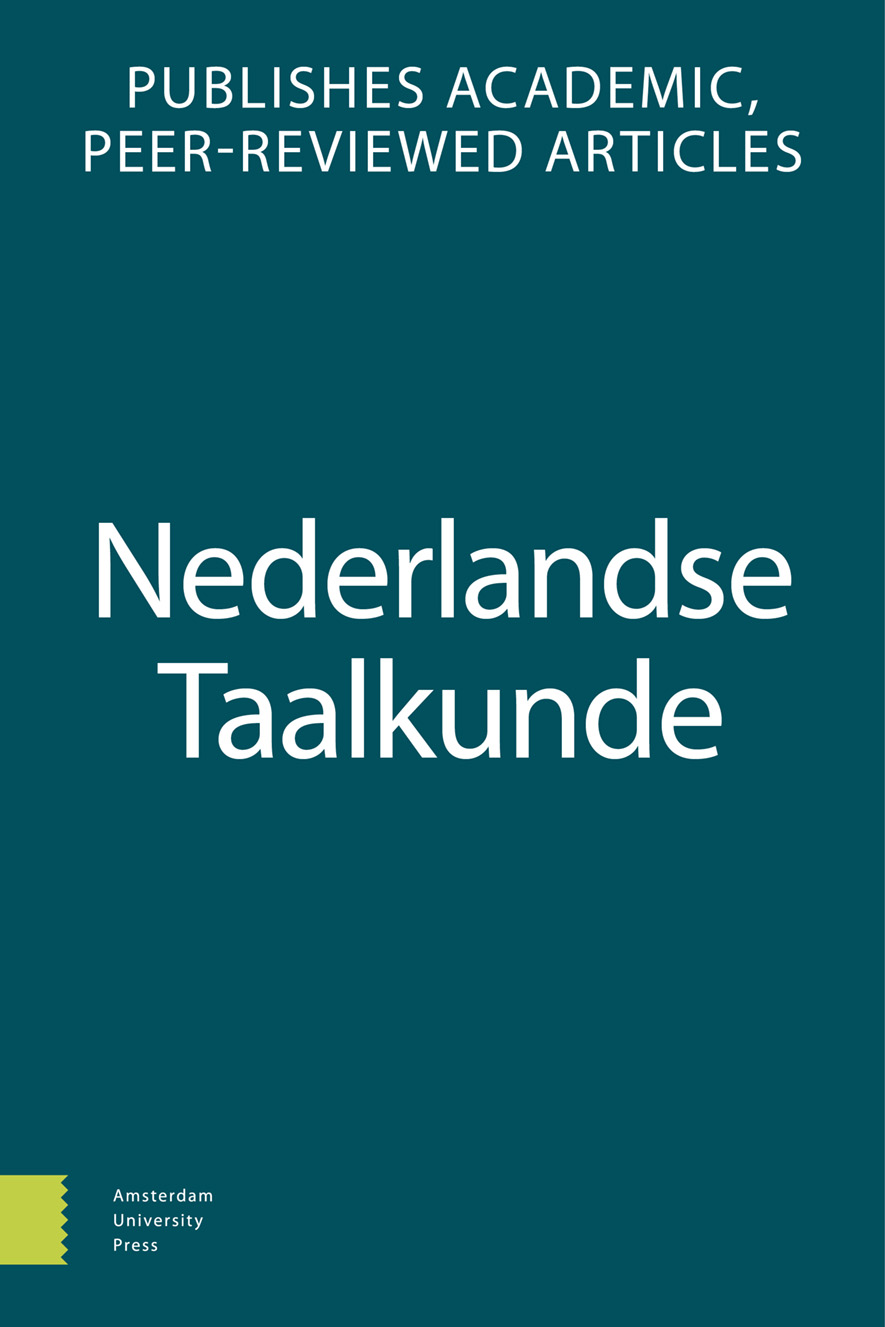-
oa De verleidingen en gevaren van GrETEL*
- Amsterdam University Press
- Source: Nederlandse Taalkunde, Volume 25, Issue 1, Apr 2020, p. 7 - 37
-
- 01 Apr 2020
Abstract
Corpora are a useful and important source of evidence for linguistic research, but they are not the only kind of evidence, do not have any special status as evidence, and have their limitations. Recent very user-friendly applications such as GrETEL make it very easy to search in large and richly annotated corpora on the basis of an example sentence and without knowledge of a query language or the exact nature of the linguistic annotations. It is therefore very tempting to use these applications intensively. That is fine, but also dangerous in ways, because in many cases, in order to interpret the results correctly, the researcher must really be aware of the precise nature of the linguistic annotations and of the way in which the user-friendly interface generates a query on the basis of an example sentence. I will illustrate this with several examples. I also sketch some methods for avoiding or mitigating the dangers and argue that the applications should support these methods also in as user-friendly a manner as possible.


